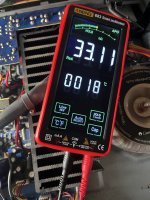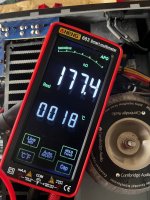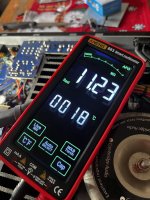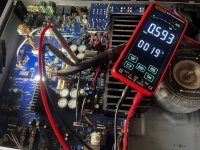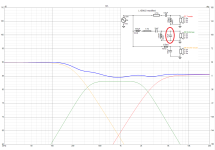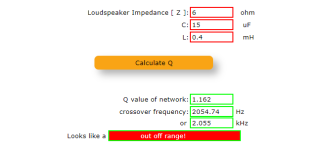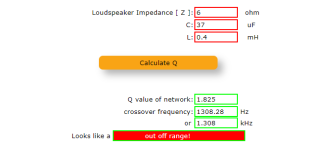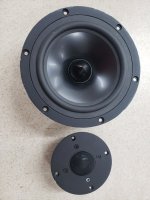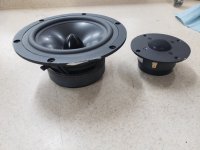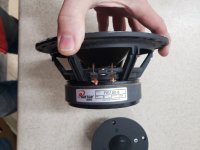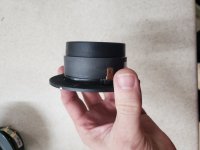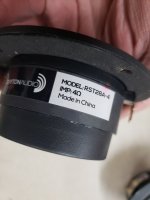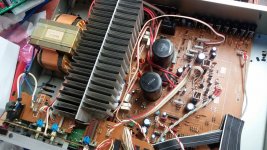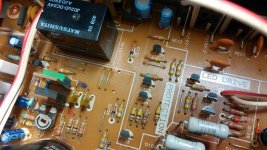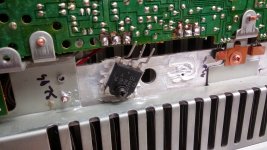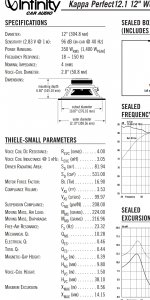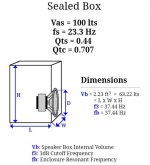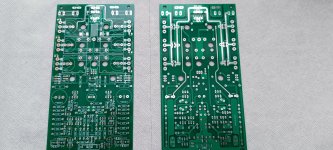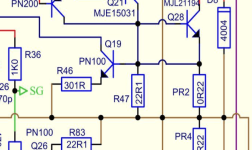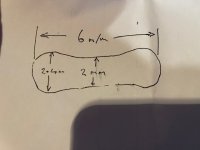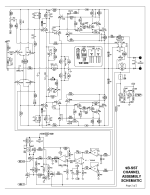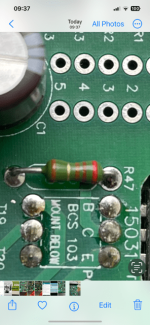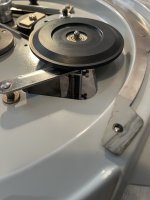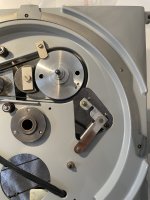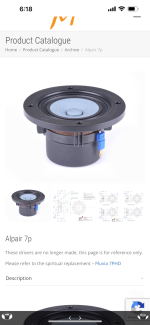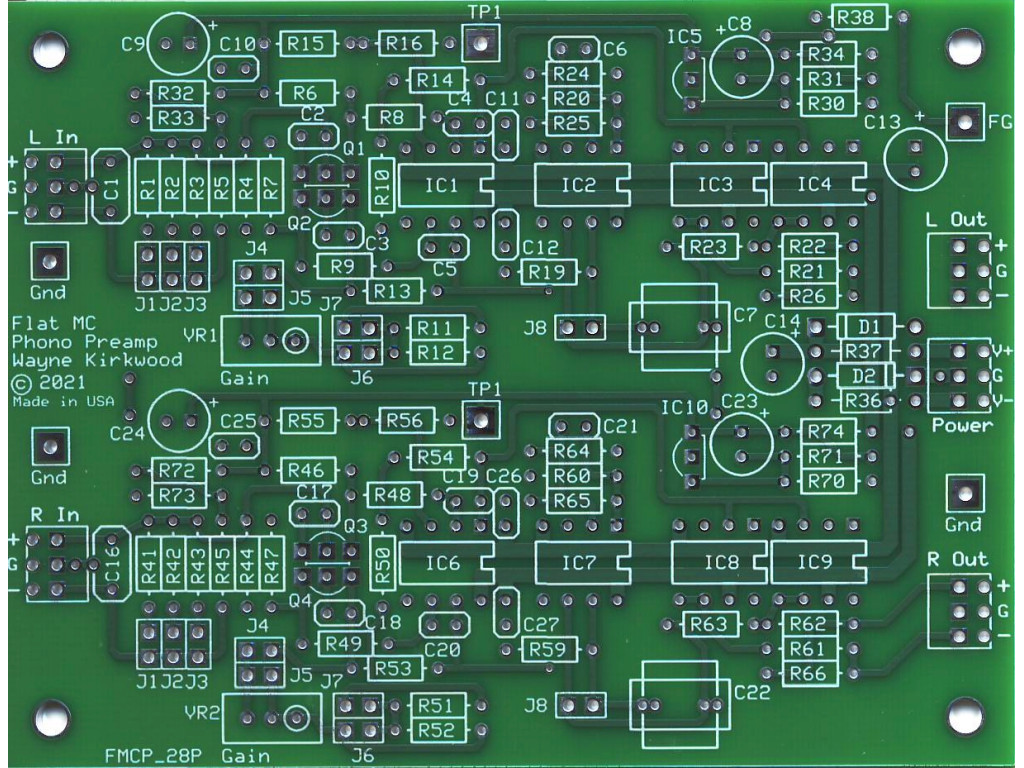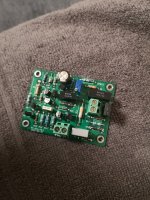The Live Edge Open Baffle speakers took 1st place at the Parts Express 2023 International Speaker Design Competition, top ranked against 58 competitors.
When my friends visit, most have never heard anything like these. When you play classic Miles Davis recordings, they have a huge, lifelike, warm, present sound. If you play Rush or Porcupine Tree, they handle the dynamics and bass with ease.
$30,000 OBO.
They have stunning imaging, a huge sound stage, high efficiency, enormous dynamic range.
They are made from gorgeous 1.5" thick slabs of Live Edge birch purchased at Big Red Sawmill in Palmyra Nebraska.
They were featured on the cover of AudioXpress Magazine, January 2021. Numerous hobbyists have built the design based on plans on DIYaudio. These are THE original speakers, designed by myself, Perry Marshall. Cabinets built by Seth Cothron.
I am parting with them because it's time to make room for more new designs.
These are active DSP driven speakers. They need to be biamped (any high quality 4-channel amp, or pair of 2-channel amps of your choice). They are shipped with a MiniDSP 2x4HD Digital Signal Processor. It has inputs for analog, USB and fiber optic cables. DSP is "Photoshop for sound" and allows miracles that are impossible with old school passive crossovers.
When room reflections don’t match direct sound from the speaker, it sounds unnatural. Textbook speaker designs pretend the room is not there. But not only does the bass have room modes and standing waves, but the mid and high frequency reflections add LOTS of clues for your ears. Good clues make your ears happy.
PERFORMANCE SUMMARY
- 30Hz to 25KHz with silky-smooth response in a real room that has real reflections. Not just in an anechoic chamber.
- True Constant Directivity sound pattern 30Hz to 25KHz so imaging is superb anywhere in the room
- Open Baffle Dipole sounds great even behind the speakers
- High Efficiency – 95dB 1 watt/1 meter. Sounds great and plays loud even with “flea watt” single ended vacuum tube amps
- High Power Handling and High Output – 100 watts & 115 dB running full range; 500 watts & 120 dB with subwoofer
- Near-perfect impulse response
- Near-perfect phase response
- Low Distortion (<2% above 60Hz; <1% above 150Hz at 90dB)
- Easy to drive: 8 ohms (4.5 ohms minimum)
- Live Edge wood is so beautiful, non-audiophile wives of non-audiophile men gasped when I showed these on a screen in a Zoom meeting.
- 3-way system is bi-amped (not tri-amped) using a MiniDSP 2x4HD.
It is not possible to buy anything like these at any hifi store. Open Baffle / Dipole designs are loved and celebrated for their room-filling sound and lack of boxiness, but are extremely rare. Live edge real wood is equally rare. They have a HUGE "Wife Appreciation Factor" - spouses love the natural wood. Competition Judge Jerry McNutt said, “The best way to not sound like a box is: Don’t use a box.”
The Live Edge Dipoles sidestep every pitfall of conventional designs. Giant notes roll out of the speakers. You enjoy a huge sound stage. You are immersed in 3D ambience, clarity and resolution. Dry recordings become spacious. Drums and toms hit with visceral, fist-on-sternum impact. These hold their own against the world's most prestigious designs - Wilson, KEF, Focal, Genelec, Estelon, YG Acoustics.
Constant Directivity means you have flat frequency response on axis, and as you turn the speaker in any direction, the level steadily drops off axis, but the octave to octave balance remains flat. Then imaging will be great anywhere in the room.
You can walk all over the room—even stand on the far side of the left or right speaker, and you still clearly hear the other speaker across the room and the imaging is still stable. There is no one “sweet spot.” Music sounds fantastic anywhere you go in the room. You can walk around and behind the speakers and they still sound great!
They are equipped with 18" Eminence Kappa LF woofers; 8" Radian 5208-C mids, with Beryllium diaphragm Coaxial compression driver firing through the center. A rear firing tweeter means the energy from the room matches direct sound. An L-Pad for the rear tweeter allows you to adjust balance.
The front-firing Beryllium tweeters are extremely transparent; bass is rich, expansive and authoritative; thorough top-to-bottom coherence and integration; warm, ambient and enveloping stereo image. They effortlessly fill a large room to overflowing with palpable output and dynamic range.
They sound best 3-5 feet (1-1.5 meters) from a rear wall.
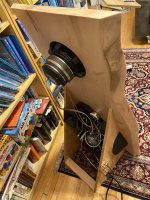

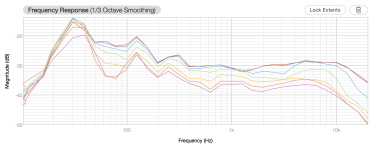
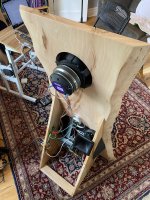
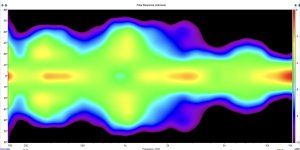
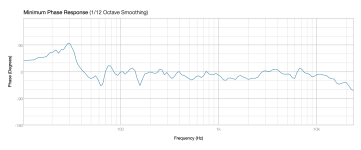
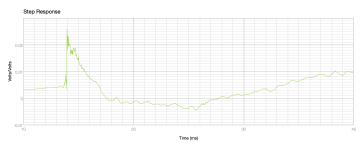

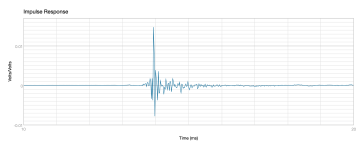
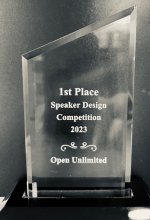
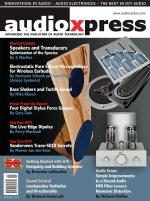 On DIYAudio you will find extensive discussion of these speakers
On DIYAudio you will find extensive discussion of these speakers with full technical details. The photos here include
in-room measured frequency response, impulse response, step response and polar heat map.
Shipping is by truck to the continental USA and will be arranged. Local pickup is encouraged, from my home in the Chicago suburbs. You can also come for a listen.
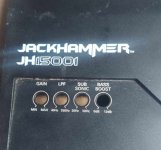
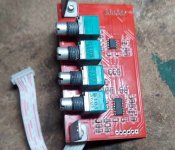
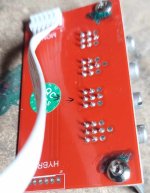
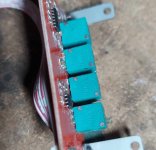
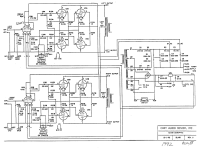
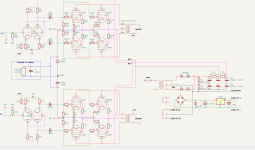
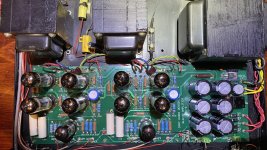



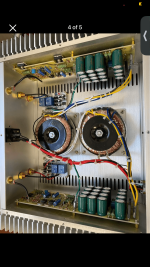




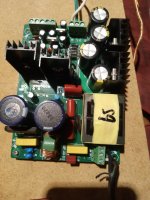
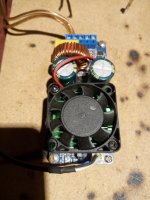
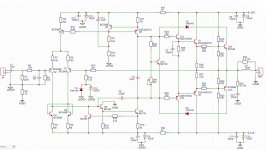
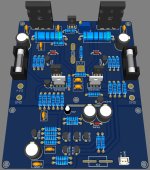
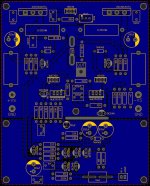
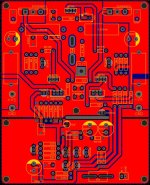
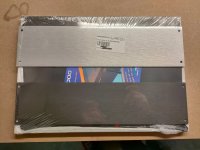
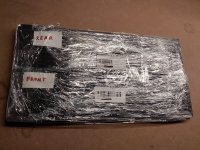


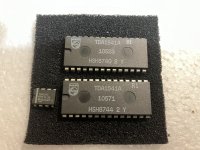

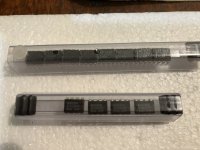
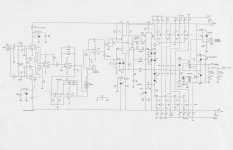
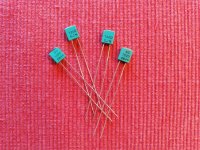

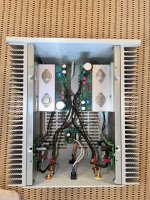
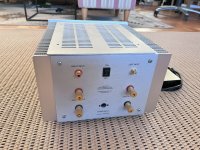
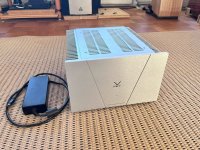
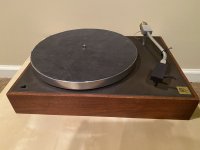
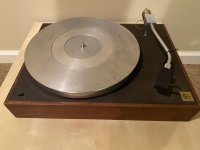
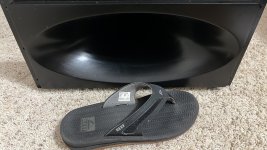
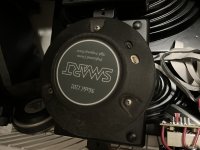
![20240307_203423[1].jpg](/community/data/attachments/1191/1191010-8497074bd09f1c95158070eb6e734673.jpg?hash=hJcHS9CfHJ)
![20240305_222145[1].jpg](/community/data/attachments/1191/1191013-685b716273e5395b998a2ad66cfba344.jpg?hash=aFtxYnPlOV)
